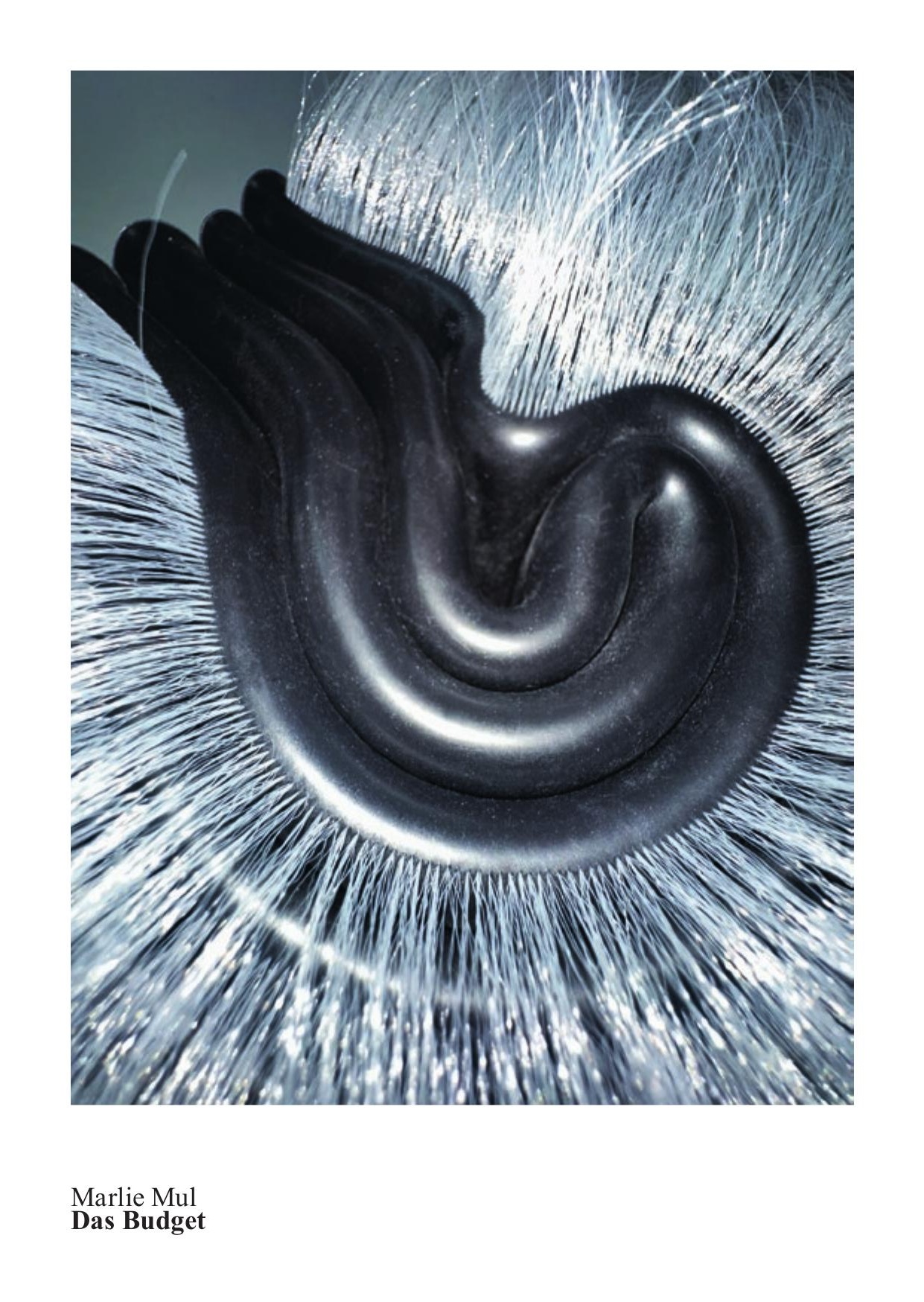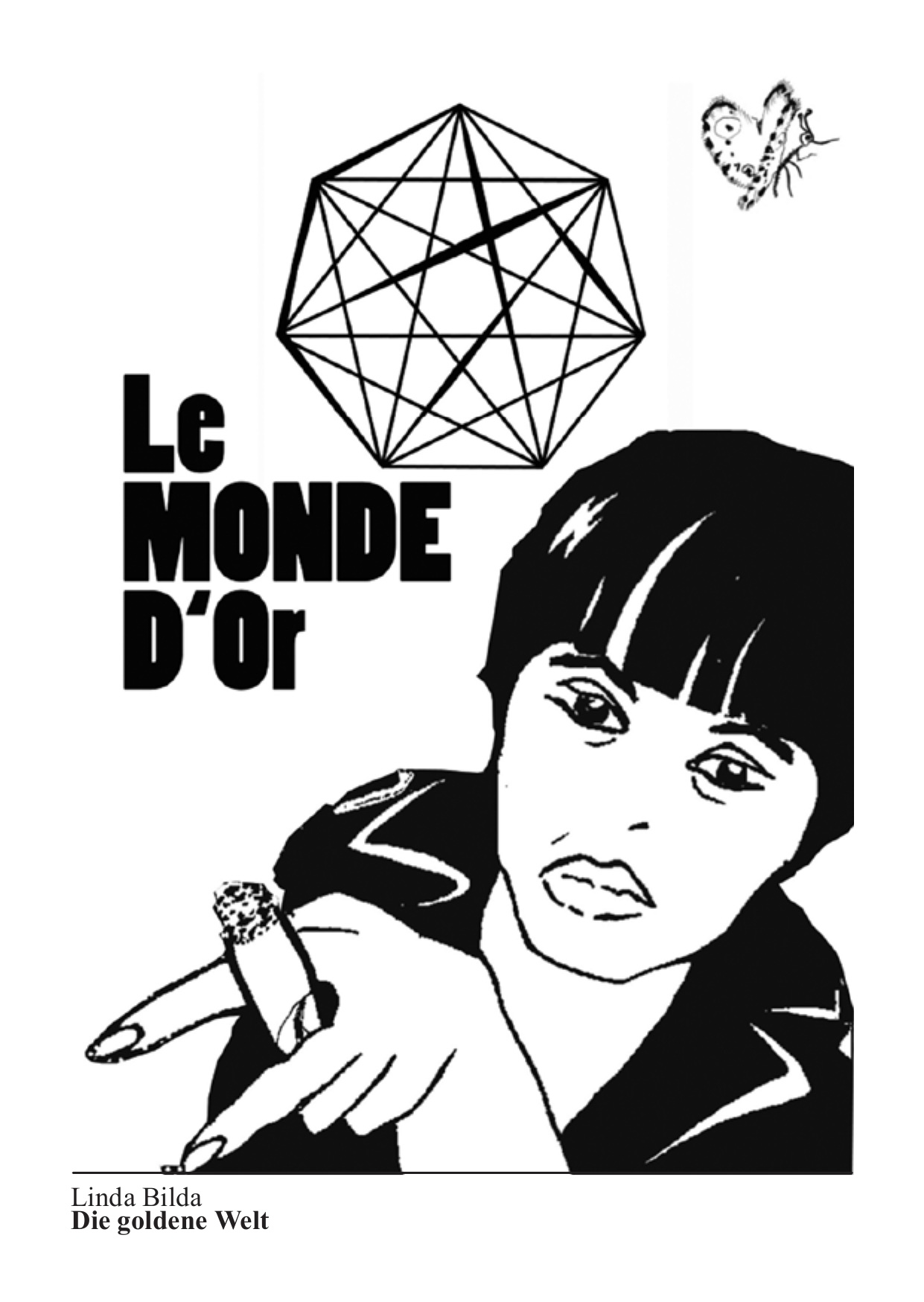1.12.2001 – 6.1.2002
Peter Kamm Fokus-Preis 2001
Last year, the Glarus Art Society Prize was awarded to Peter Kamm. This year, Peter Kamm (b 1958 in St. Gallen, lives in St. Gallen, works in Arbon) introduces himself more extensively to the public in the “Focus” solo exhibit awarded with the prize. This exhibit, which is open to the public in conjunction with the exhibit of artists from Glarus and the Linth Region, features a group of completely new and surprising works.
Since the early 80's, Peter Kamm's work has dealt with the question of the topicality of a not very topical artistic material, a material that has been overwhelmed by the various manifestations of art history and the discussions surrounding its monumental, academic, decorative and outmoded nature. He works with stone. Already in his figurative beginnings with body fragments, torsi and limbs in stone and with large-scale drawings, he makes clear that his creative approach, vision and work method stand in a critical relationship to current media and discourses. In the mid-80's, he mirrors the increased acceptance of the “depicting” media such as photography and video by distancing himself from figurative iconography. He discovers forms for his work that can be attributed, in a broad sense, to the world of natural forms. Coral formations, geological constellations, and fossils form associative chains that cause the interpretation of his works to oscillate from the figurative to the abstract. Peter Kamm's creative approach, work method and discovery of forms are “rhizome-like”, and similar to the philosophical worldview suggested by Deleuze/Guattari. He integrates achievements of the traditional work methodology of stone sculpture and at the same time transposes these achievements into their paradox; he concerns himself with images, forms and manifestations of all areas and eras of cultural reality and allows different layers of these “sediments” to be seen. In order to achieve this, he adopts an array of forms that “represent” this world view, by evoking geology, paleontology and natural worlds of forms, simultaneously unmasking them in their “naturalness”.
Peter Kamm works directly and with technical tools on the stone, reducing the mass of the virgin rock by over one half. This method makes the stone porous and “movable”. His “fossilizations” are fixations of the process of inventing forms, and, additionally, they always set the image of the fossilization in motion. Fossilizations derived from nature give the appearance of photographically or perhaps even scientifically exact depictions. They are depictions “uncovered” by geologists or paleontologists, depictions of processes that nature has surprisingly captured, recorded and preserved, but according to conditions that transcend human time and space. Pressed into an “image” through soft, transportable, alive, moving, living, changing conditions, “frozen” into the image of the moment through excessive temperatures, petrified into a three-dimensionally scanned representation of the shell, the animal, the vegetable forms. Peter Kamm fashions out of the stone these forms, which are inspired by this world of forms but greatly enlarged; he does not find shapes in the stone, however, but rather fictionalizes the stone as a carrier of form, thereby monumentalizing both the material as such as well as the expectations of form and the ideas that may be contained in the material. The consequence is a tautological verbalization of the material. By monumentalizing and fictionalizing the stone and the images it contains, Peter Kamm sets the material in motion yet again: Subterranean fluid materials appear to push to the surface and leave geological formations behind; concentrically weakening domes appear; tubular forms adhere to each other and yet are hewn from the same piece; clump-like shellfish conglomerations dissolve at the surface; cross-sections make interior forms visible; dense rock surfaces are punctured, pierced, penetrated by various vegetable, animal and substantial realities; surfaces show what they once may have contained as negative forms, as hollows, containers, erosions. Peter Kamm's sculptures are superimposed images of natural shapes; they are not natural, but rather formed, fashioned, artistic shapes. These shapes reach the surface as sediments of uncountable images from nature or from the “artistic perception” of natural forms, like we find them depicted as beauty and abstraction by Karl Blossfeld or Ernst Haeckel. They weave “rhizome-like” discourses around paleontology, geology, artificiality, concept, representation, association, culture, and nature.
Peter Kamm is closest to nature where he allows our perception of naturally organic forms to become effective as interpretations of the natural, and where, when monumentalizing organically natural worlds of forms, he refers us to the simultaneity of possibility, probability, actuality, and fiction of our relations to nature.
With his newest works, Peter Kamm chooses as a central theme the possibilities of perceiving his sculptures in a different translation; through his plastic productions, he intervenes in the free flow of associations as strongly as he sets new associations in motion. Peter Kamm casts the surfaces of his stone treatments and the interior forms, which cannot be visually grasped in their entirety, with the same materials that are used, for example, in the mould production of bronze sculptures. Bizarre landscapes become apparent, which in turn, in the photographic moment of petrifaction, fix hypotheses about the non-visible world of forms of his sculptures and the connected flow of associations. As “negative” fossilizations, they make visible what cannot quite be touched, comprehended, imagined. In his exhibit in Glarus, he combines this world of forms with a selection of drawings that are generated in conjunction with his sculptures.
Beatrix Ruf, Curator, Glarus Art Museum

















